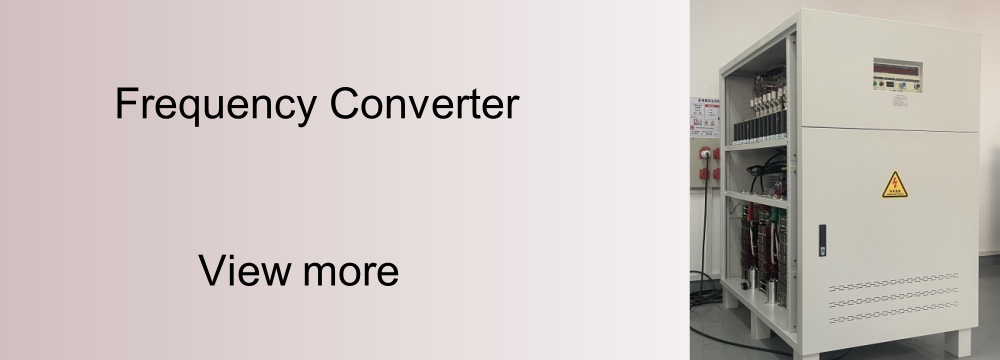
Learning how to use the power supply correctly is very important for the normal operation of mechanical equipment and power systems. First of all, when selecting a variable frequency power supply, it is necessary to follow the type of mechanical equipment, load characteristics and power, static speed accuracy and use environment requirements, and then decide which control method and capacity of the variable frequency power supply are most suitable. The so-called reasonable use is to achieve the best cost performance of the Frequency Converters application under the premise of meeting the actual process production requirements and use occasions of the mechanical equipment.
How to select the appropriate load for the variable frequency power supply?
Select appropriate control according to load characteristics and power
With the rapid development of science and technology, there are more and more types of variable frequency power supplies sold on the market, and their functions are becoming increasingly powerful. Therefore, the performance of the variable frequency power supply has gradually become the determining factor of the speed regulation performance. It is also very important to use the capacity of the variable frequency power supply and choose the control method.
Load torque characteristics of mechanical equipment
In practice, people often divide production machinery into three types according to the different load torque characteristics: constant torque load, constant power load and fluid load.
1. Constant torque load In this type of load, the load torque TL is independent of the speed n. At any speed, TL always remains constant or basically constant, and the load power increases linearly with the increase of the load speed. Friction loads such as conveyor belts, extruders and feeding mechanisms of mechanical equipment, as well as gravity loads such as hoists and elevators, are all constant torque loads. When the variable frequencies drags a load with constant torque properties, the output torque at low speed must be large enough and have sufficient overload capacity. If it is necessary to run at a low speed for a long time, the heat dissipation capacity of the standard cage asynchronous motor should be considered to avoid excessive temperature rise of the motor.
2. Constant power load The characteristic of this type of load is that the required torque TL is roughly inversely proportional to the speed n, but the product, that is, the power, remains approximately unchanged. The spindle of metal cutting machine tools and the winders and unwinders in rolling mills, papermaking machines, and film production lines are all constant power loads.
The constant power nature of the load should be in terms of a certain speed change range. When the speed is very low, due to the limitation of mechanical strength, TL cannot increase infinitely and transform into constant torque property at low speed. The constant power area and constant torque area of the load have a great influence on the selection of transmission scheme. When the motor is in constant flux speed regulation, the maximum allowable output torque remains unchanged, which belongs to constant torque speed regulation; while in weak magnetic speed regulation, the maximum allowable output torque is inversely proportional to the speed, which belongs to constant power speed regulation. If the range of constant torque and constant power speed regulation of the motor is consistent with the range of constant torque and constant power of the load, that is, the so-called "matching", the capacity of the motor and the capacity of the AC power supply are both minimum.
3. Fluid loads The torque of this type of load is proportional to the square of the speed, and the power is proportional to the cube of the speed. Various fans, water pumps and oil pumps are typical fluid loads. Fluid loads can greatly save electric energy by adjusting the air volume and flow rate through variable frequency power supply speed regulation. Since the power demand of fluid loads at high speed increases too fast, which is proportional to the cube of the load speed, this type of load should not be operated at over-power frequency.







